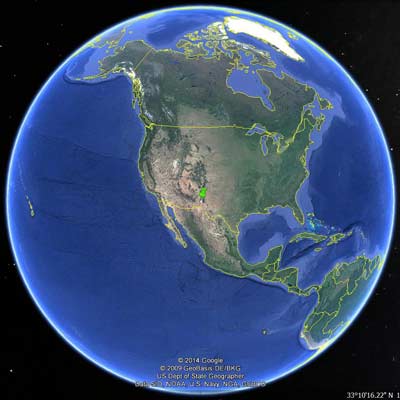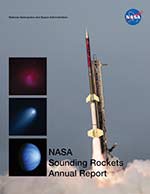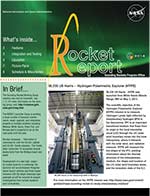
36.305 UH GALEAZZI/UNIVERSITY OF MIAMI
Diffuse X-ray emission from the Local galaxy (DXL)
- Mission
- Vehicle
- Launch
- Photos
The goal of this flight is to identify how much of that diffuse x-ray emission comes from our solar system from the solar wind charge exchange process (SWCX), and how much comes from outside our solar system from hot interstellar plasmas located in interstellar space. The payload incorporates an upgraded University of Wisconsin Aerobee IV instrument (flown on several Aerobee IV rockets from 1973 through 1980) and a prototype wide field-of-view soft x-ray camera.
The secondary payload STORM is the first wide field-of-view, solar wind charge exchange, soft X-ray imager for heliophysics applications. The instrument uses a new soft X-ray focusing technology called micropore reflectors (lobster-eye optics). Storm was built at Goddard Space Flight Center through the IRAD program.
For more information about DXL, see:
http://www.physics.miami.edu/~astrophysics/dxl.html
The Black Brant 9 is a two stage sounding rocket with a Terrier first stage and Black Brant second stage. The Black Brant 9 can reach altitudes of about 600 km. Payloads weighing from 400 to 1200 pounds can be flown.

The DXL mission was launched from White Sands Missile Range, New Mexico on December 5, 2015.


